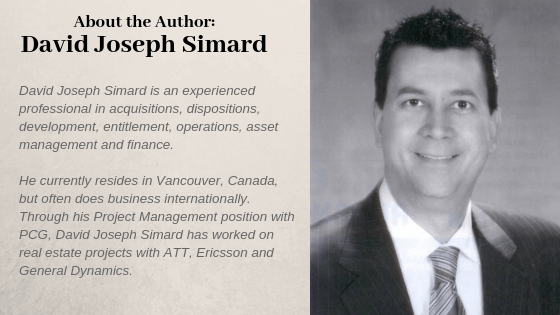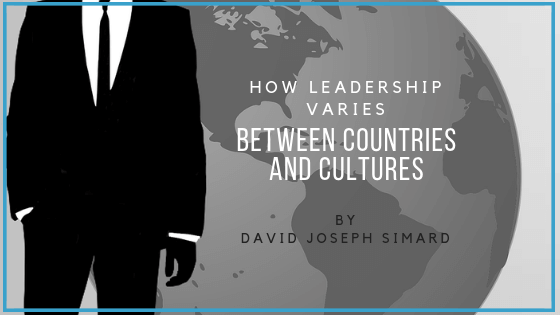Leadership is not created equal. Each culture (and even country) operate differently, as far as leadership is concerned.
Because the role of leaders is becoming more globalized, they must learn to know how to be the most efficient in different parts of the world, and when working with a multicultural team.
Making Decisions
When it comes to decision making, there are two styles. The first is the synchronized way of decision making. This type of leadership behavior is appreciated most in Northeast Asia, Thailand, Indonesia, and a large part of Central and South American countries. Leaders who follow this strategy should seek consensus on decisions, although it might take longer.
On the other hand, an opportunistic leader is more individualistic and risk-taking, although checking up on the team is still important on a regular basis. The opportunistic method of making decisions is one that is preferred in Nordic and Germanic Countries, the United Kingdom, Western developed countries who are subdivisions of the English cultural influence (USA, Australia, and New Zealand), and Asian countries that developed their economies under the UK, such as India and Malayasian countries.
Communication
Communication between different cultures influences the type of leadership that is followed there. The straightforward manner of communicating is expected in Northeast Asia and countries like the Netherlands. The people there are used to getting straight to the point. The approach is less individually sensitive and things are communicated straight away.
On the other hand is the diplomatic way of leadership, more often used in countries like Latin America, Sweden, New Zealand, and Canada. Employees in these regions are much more keen to follow someone who is pleasant and diplomatic in their approach. Confrontations should be started with a dose of empathy and tactfulness.
Whatever it means to be a leader in different cultures, the individual should still be taken into account. What is the way to individually manage each employee with their specific needs and temperament? How should leaders from different backgrounds best interact with each other?
In any case, leaders are forced to be increasingly flexible in a globalized society that is comprised of many different cultural expectations. The goal isn’t simply to avoid offending other business professionals. It should also be to communicate and lead in the most effective way possible.


